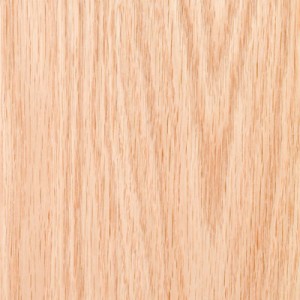Wood Flooring Materials – Hardwoods and Softwoods
Whether you’re dealing with solid hardwood or engineered wood flooring, there are a few common basics that all wood floors share.
Solid hardwood is just that–solid from top to bottom. Engineered wood is a thin layer (a veneer) of hardwood laid atop a sandwich of other, lesser types of woods. So, when comparing solid hardwood to engineered, we’re just talking about engineered wood’s very top layer.
One interesting thing to note: some hardwoods are “softer” than softwoods, and the other way around. So “hard” and “soft” are very general terms.
Wood Flooring – Softwoods
And that brings us to softwoods. Conversely, softwoods are cheaper, softer and more prone to scratching.
- Pine
- Spruce
- Redwood
Softwoods come from coniferous trees (that is, trees that have cones). Unfinished softwood flooring is almost impossible to maintain. But with the application of a good polyurethene coating, it can be harder and easier to maintain (though never approaching the hardness of a true hardwood).
Wood Flooring – Hardwoods

Species is the first term you encounter. Don’t worry about the botanical names such as Quercus rubra, Quercus alba, Juglans nigra, and so on. Those are just the Latin for these terms you have certainly heard of before:
- Red Oak
- White Oak
- Black Walnut
Other types of hardwood (and yes, these are hard woods, contrasted with something we’ll discuss in just a minute, which are the softwoods), include:
- Hickory
- Yellow Birch
- Ash
- Maple
- Teak
The reason people choose hardwoods, even though they are more expensive, is because they are harder (obviously), more dense, and more scratch-resistant.